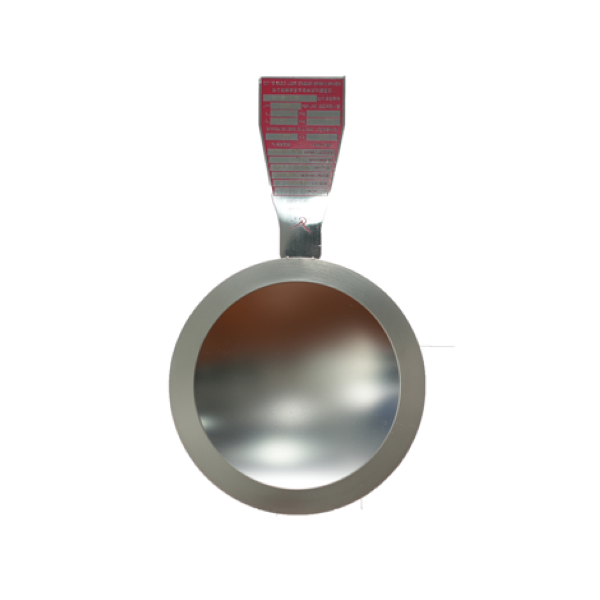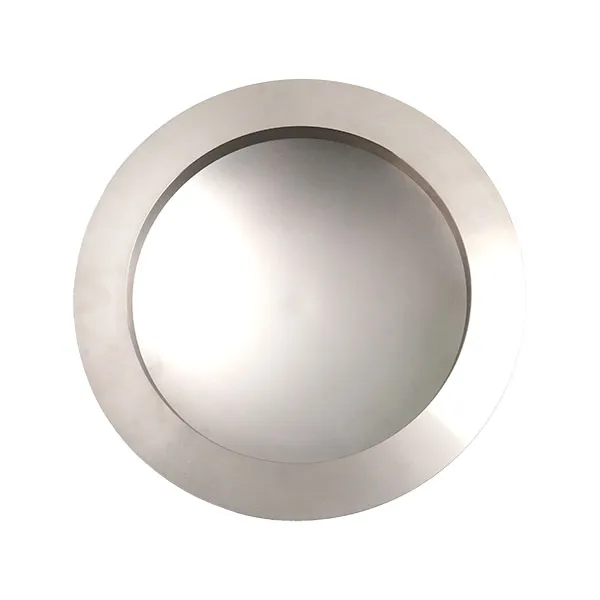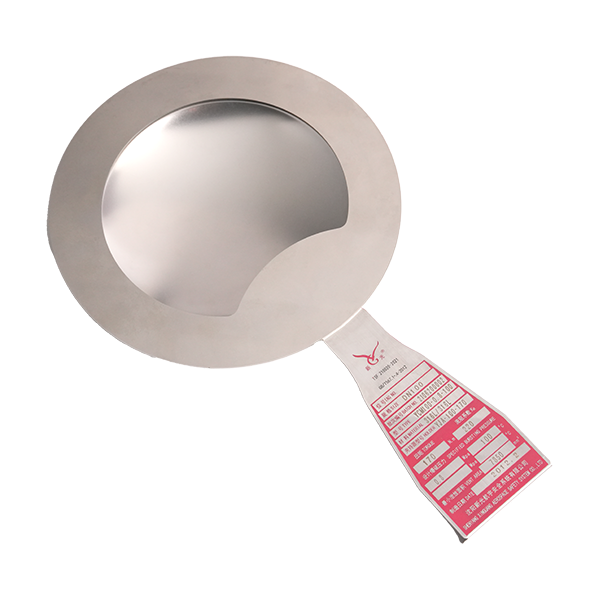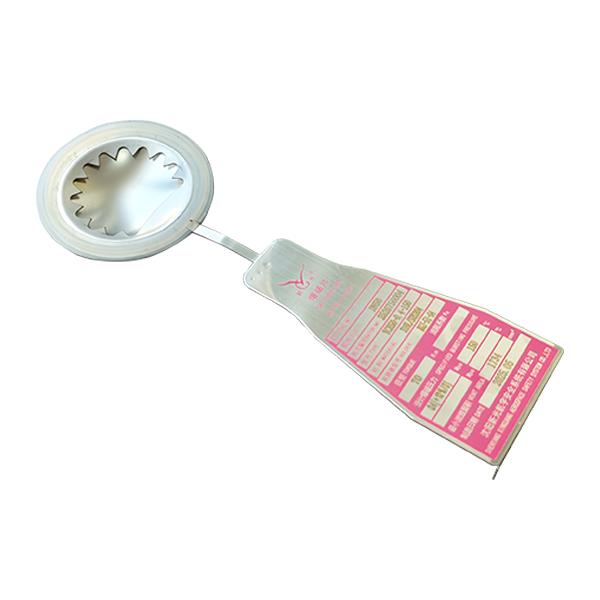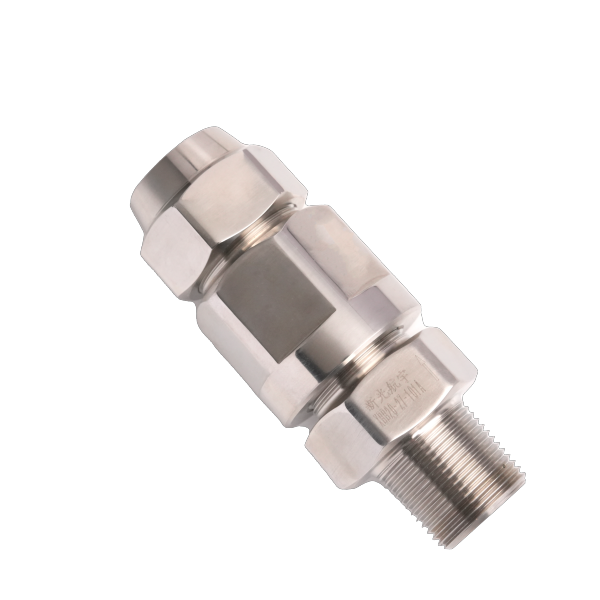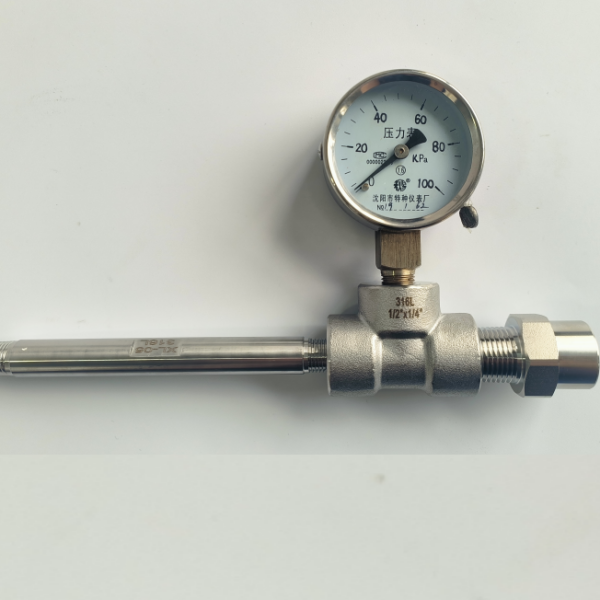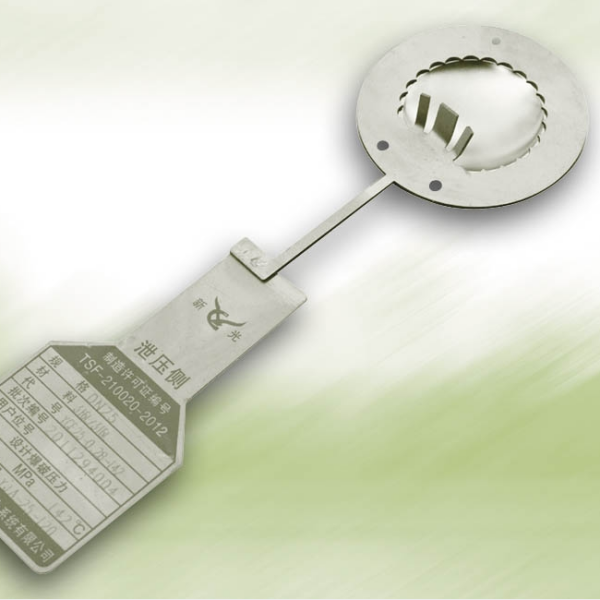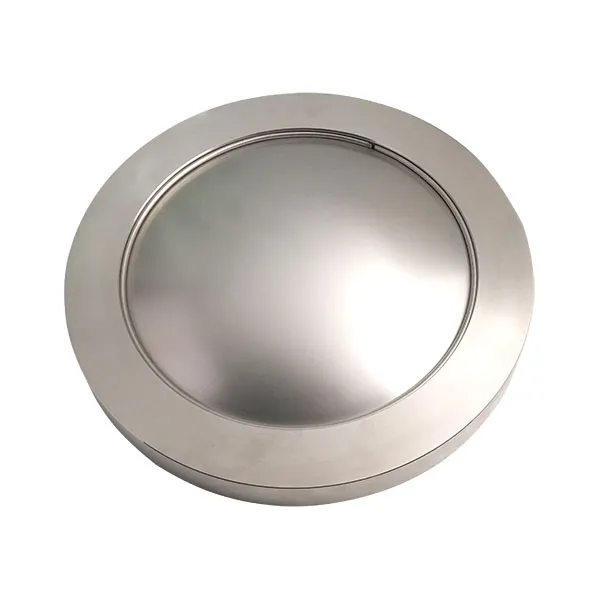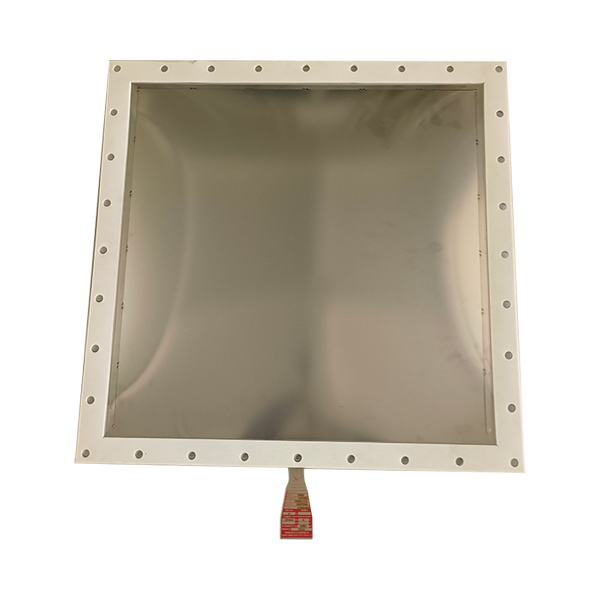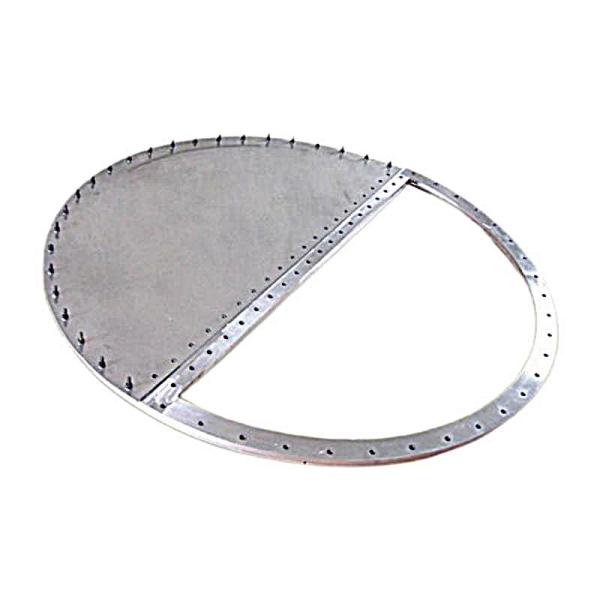As an important overpressure protection device, rupture disc has the characteristics of fast response speed, wide range of applicable media, and can withstand harsh working conditions. It plays an important role in many fields such as petroleum, chemical industry, aerospace, and medicine. The core function of rupture disc is to quickly release the pressure through its own rupture when the pressure in the equipment or pipeline exceeds the preset safety value, to prevent serious accidents such as explosion of the container or system due to overpressure. In this article, we will introduce you to the timing of the use of rupture disc.
1. The pressure rises sharply:
Rupture disc should be used when the medium pressure may increase rapidly. For example, in chemical reaction containers such as organic synthesis, excessive impurity components are brought in due to improper proportions of the reaction materials and impure quality of the raw materials. The cooling system may cause the pressure of the medium in the reaction vessel to increase exponentially in a very short period of time, and more flushing accidents in the reactor are generally caused by this. Obviously, if a safety valve is installed on such a container, it is impossible to effectively play a safe pressure relief role because of the lag in action, and the rupture disc must be used instead. In addition, in systems containing explosive gases, such as containers and systems for the production of olefin polymers, rupture disc must be used as a pressure relief device.
2. Medium precipitation or bonding:
Rupture disc should be used when operating conditions cause the medium to precipitate or stick. This is because the precipitation or crystals of these media stick to the seat and disc of the safety valve, blocking the discharge channel of the gas, so that the safety valve cannot operate under the adjusted opening pressure, but these factors will not greatly affect the burst pressure of the rupture disc.
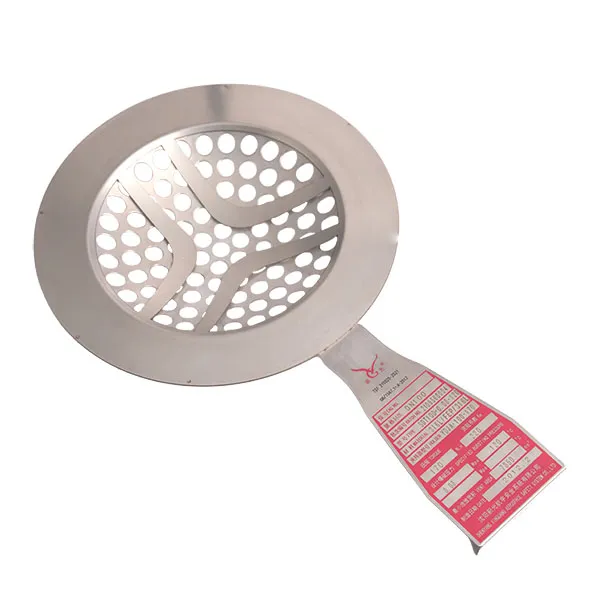
3. High sealing requirements:
Rupture disc should be used when there are high sealing requirements for safety pressure relief devices. There will always be tortuous pore channels formed by microscopic unevenness on the sealing surface. These channels can be regarded as capillaries or tortuous gaps between planes, so even when the safety valve is closed, there will be trace leaks. When the container contains highly toxic or precious media and trace leaks are not allowed for other reasons, sealing can only be achieved by using rupture disc.
4. Large emissions:
Rupture disc should be used when a larger discharge area and discharge volume are required. If a larger discharge area and discharge volume are required due to the process characteristics of the medium, the technical requirements for use, and the requirements for safe operation, rupture disc should be used. This is because the safety valve is limited by the nominal diameter or cross-section of the discharge channel, and sometimes it cannot meet the requirements of large discharge area and discharge volume.
In short, the use of rupture disc should be determined based on various factors such as equipment working conditions, media characteristics, pressure relief requirements and safety standards. In harsh media environments where safety valves cannot be applied, rupture disc can make up for the lack of safety valves. In high-risk conditions of emergency overpressure, rupture disc can ensure safety with extremely fast response speed. The reasonable selection and use of rupture disc plays an important role in preventing overpressure accidents and improving system reliability.

